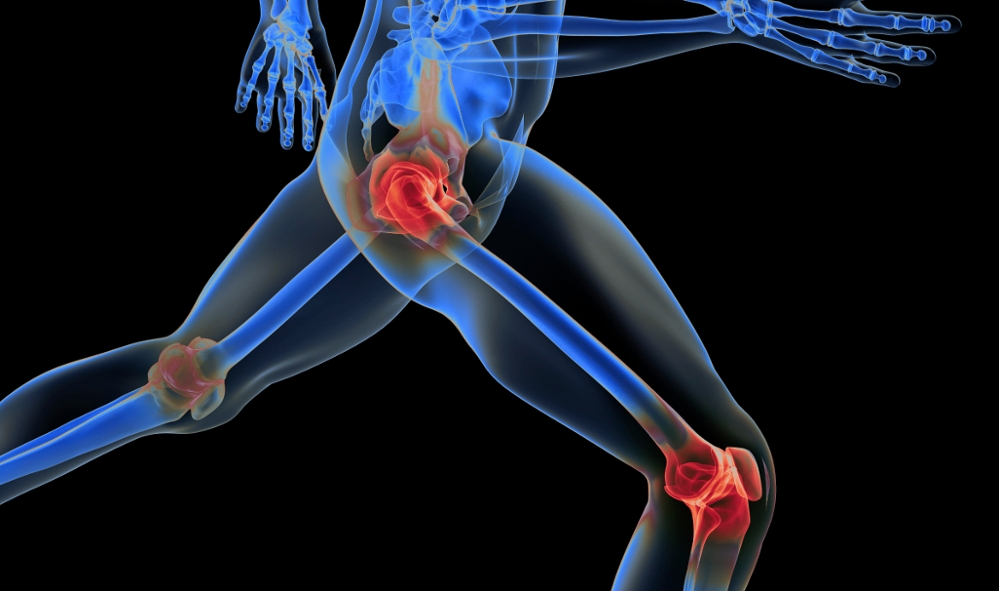
Adult Reconstruction
University of Utah Health’s Adult Reconstruction Research Team is an award-winning research team committed to improving the quality of life of those suffering from joint diseases of the hip and knee.
In collaboration with a skilled and motivated team of researchers, staff, and volunteers, our surgeons are driven to improve the quality of care for all patients requiring adult reconstruction services. Our team is led by Professor Christopher L. Peters, MD, Associate Professor Christopher E. Pelt, and Assistant Professor Jeremy M. Gililland, MD.

Specialized Instruction
World-renowned
Dr. Peters is a world renowned Orthopaedic Surgeon whose research interests include patient specific three-dimensional modeling of the hip, the restoration of deficient bone stock in failed joint replacements, biomechanics of total knee and hip components, development of hip and knee implants, and the treatment of hip pain in the young adult including hip preservation surgery. Hip preservation surgery is used to delay or prevent the development of arthritis in the hip joint.
Patient Outcomes
Dr. Pelt’s research interests are centered on patient outcomes following hip and knee reconstructive surgeries. Specifically, he is pursuing ways to improve the value of adult reconstructive surgeries. Value, which is the balance of cost and quality of health care, is managed using a tool called Value Driven Outcomes. This tool allows us to track cost and health care outcomes in real time. We have used this information to develop care pathways that are cost effective and of the highest possible quality for our patients.
Biomechanics Focus
Dr. Gililland’s research interests are focused on the biomechanics of hip and knee replacements, revision joint replacement techniques, the use of intraoperative fluoroscopy to improve implant positioning, patient outcomes, and periprosthetic joint infection. His efforts have resulted in the development of a fluoroscopic navigation system to combat the problem of distortion, and development of a collaborative team of researchers aimed at exploring the heritable risk of periprosthetic joint infections.